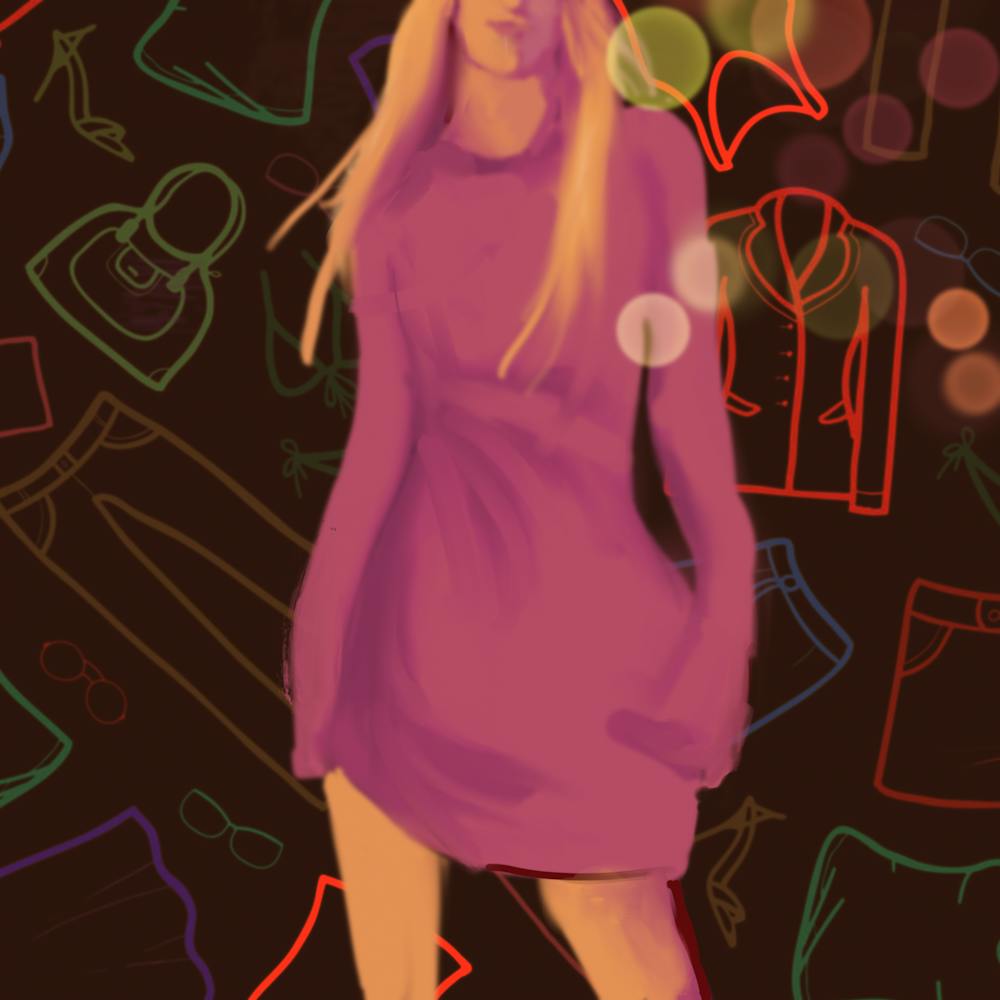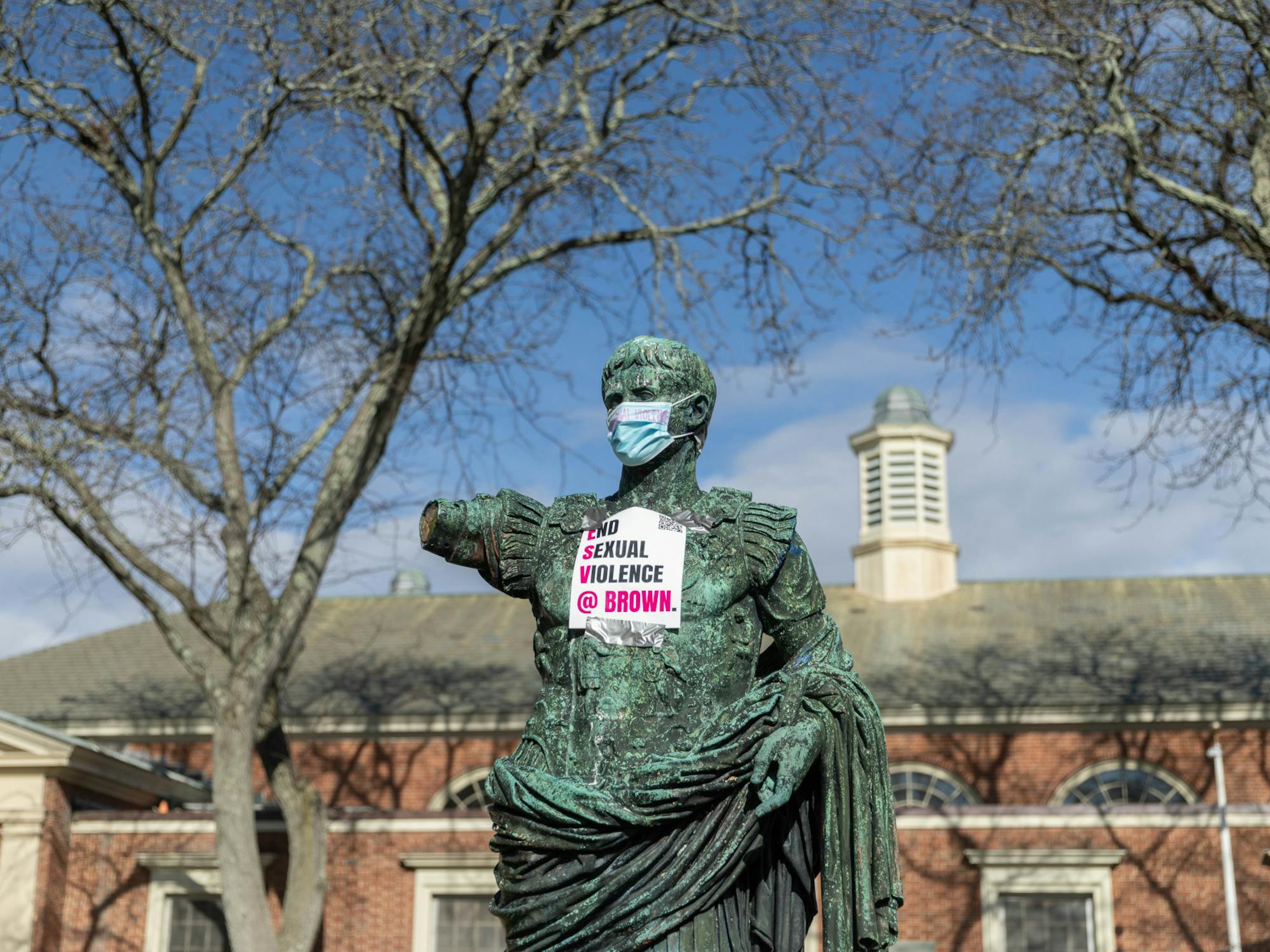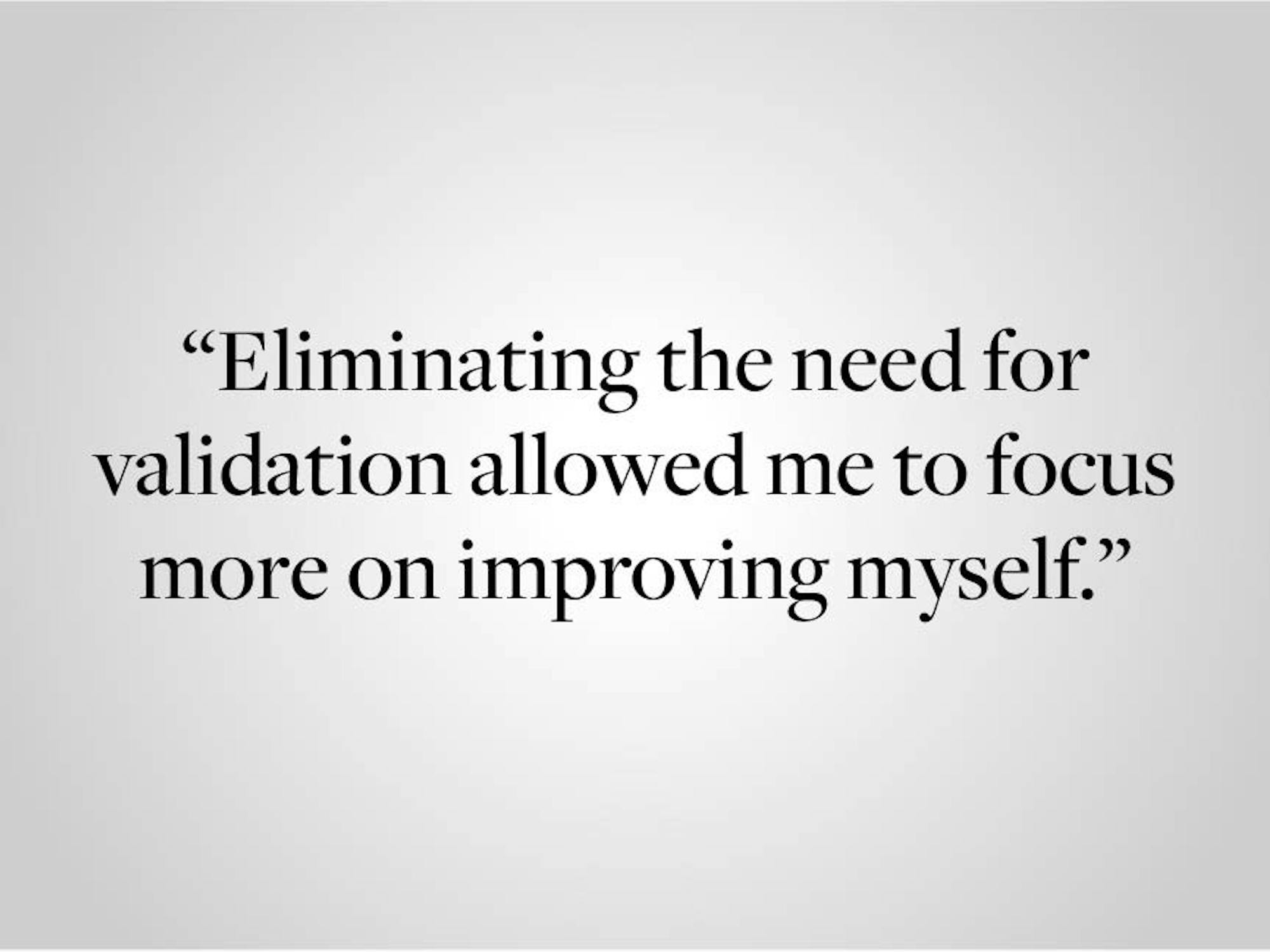The annoying, prodding question galavanting across every purchase: What does it mean to be fashionable? It is a question unanswerable, too subjective to even approach. Yet a thousand different corners have thrown a thousand different hats in the ring.
One of the most distinguishable features of this decade’s style and fashion community, concentrated in the last few years, has been the emergence and explosion of microtrend aesthetics over social media and their influence on how we view and clothe ourselves. Group fashion has always been an indomitable aspect of social presentation, from the early days of Ivy Style at Princeton to the low-cut everything vibes of the early 2000s. But the proliferation of social media—an infinite expanse of self expression absent of group sociality—has smashed “universal style” and instead allowed a thousand microtrends and subcultures to take its place. The fashion aesthetics we see today (cottagecore, grandpa-core, TikTok’s rediscovery of preppy and its transmutation into “old money aesthetic”) are directly informed by social media fads and accompanying discourse; a trendy loop by which microtrends are born and feed upon themselves before multiplying into various smaller, more specific offshoots.
Take ‘dark academia’ for instance, one of the most popular and lasting of the microtrends to rise out of social media. The premise of dark academia is simple (as are the reading lists its followers posit, but you didn’t hear that from me), a throwback look based around vintage silhouettes and the aesthetics of academic and university life, particularly the mysterious and esoteric avenues of such lifestyles. Think dark, earthy tones and the use of muted colors like maroon to create a sort of Victorian and Gothic literature-inspired dress. High-waisted trousers in tweed and wool flannel, dark-colored turtlenecks and roll necks, button down shirts underneath chunky sweaters, tweed and corduroy blazers paired with dark overcoats, and throwback university-wear to point to literary and academic roots are hallmarks of the style. Primarily, it is a fashion aesthetic that lends itself to vintage clothes and secondhand ownership, a continuation of living history from the previous owner to the next. But one look at the current state of dark academia and you can see quite clearly that a desire for a vintage look has been completely overtaken with a desire for cheap, aesthetic clothing.
Most of the content being produced around the dark academia aesthetic is highly virulent memes: TikToks featuring all the fashion goals an aesthetic-craving audience could dream of, carefully crafted Instagram and Reddit posts showcasing just how much their life is within the style and how cool they look doing it. But the majority of the style (the aesthetic being dominated by clothes) is visibly cheap, produced from fast fashion companies marketed toward young audiences who crave the instant satisfaction of cheap and available clothes. All the posturing about the aesthetic falls apart when you realize a discomforting majority of its followers are flashing their SHEIN fits and copies of The Secret History like their some young scholar delving into Thomas Wolfe in the 1930s. A brief cursory search of Reddit threads and TikTok comments will show the aesthetic’s disciples recommending ASOS coats and other cheap alternatives to vintage clothes.
It should go without saying that a vastly consumable, quick-paced hijacking of aesthetics by fast fashion is highly dangerous. The desire to dress in a way supplemented and marketed by fast fashion companies has catastrophic consequences for the workers who have to meet demands of consumers hungry for cheap, trendy clothes. Workers in SHEIN factories are paid a monthly wage of around $556 with an expectation to make 500 articles of clothing per day, not to mention the eighteen hour work days and draconian punishments for any mistakes made on the production line.
Beyond the human cost of the demand, we have to investigate the environmental damage that fast fashion is creating. For example, the demand for cheap cashmere has led to overgrazing of Mongolian plains, leaving barren landscapes that can’t sustain the vigorous production of cashmere for mainly Western consumers. Some herders have been forced to resort to buying grass and feed for their goats to prevent their starvation. The lack of available grass and healthy, sustainable conditions have led to the overall worsening of cashmere quality over the years and—if the demand for fast fashion continues—for the foreseeable future. The quality of these clothes also leads to pieces which fall apart much more quickly than quality-made fashion. With no incentive of quality to invest in repairs and the easier option of just buying more cheap clothes to replace old, damaged items a Google Chrome tab away, fast fashion has led to a glut of clothes occupying landfills and thrift stores, another nail hammered into this climate coffin.
Some may think that being part of an aesthetic or movement makes one immune to trends and fast fashion. This does not hold up when fast fashion companies are involved in the aesthetic, through marketing and production, in every level from purchasing to creating a TikTok for your middling attempt at an influencer career. It is important to remember it is never okay to buy from fast fashion companies because all major brands and companies are implicit in poor labor practices and environmental damage, and that there is never an excuse. Even acknowledging that many modern brands engage in unethical labor practices, the sheer volume of clothes and their poor quality that are being churned out of fast fashion companies dwarfs the impact of many of the modern brands people might point to. Even the progenitors of fast fashion in the early 2000s, Zara and H&M, who made their name from their rapid fire collection releases, are dwarfed by modern fast fashion companies, with their astounding ability to analyze, influence, and design trends and release them to market with extreme speed.
There is nothing wrong with being part of an aesthetic. In fact I would be surprised if anyone was immune to it now that we are so immersed in popular culture and social media. What is wrong, however, is buying into an aesthetic in a way that supports and sustains the processes of something with such detrimental consequences. There are so many helpful resources: guides on how to thrift, where to shop for which item, wardrobe guides, sustainability guides. Ignoring all of that in favor of an easy solution is being complicit in the environmental and human cost of fast fashion. It can be an uphill battle at first, but I promise there are always ways to dress the way you want to without buying into these markets of destruction, and hell, if you’re really desperate, shoot me an email and I’ll try my best to help.
Stay warm, stay cozy, and stop buying shit.





